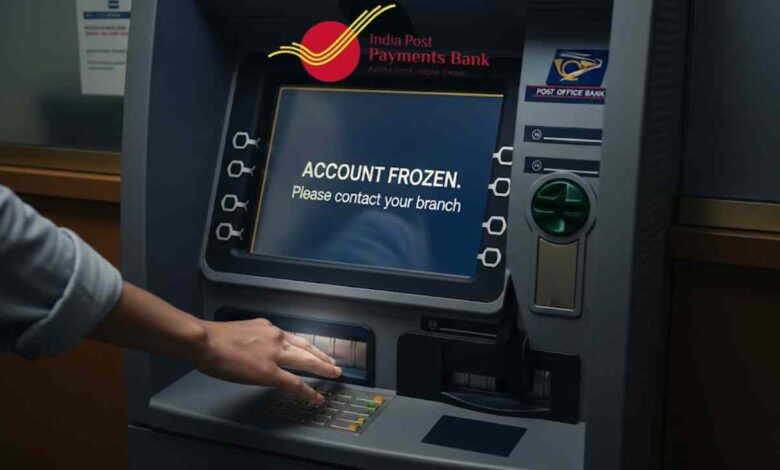New EPF Withdrawal Rules: You Can Now Withdraw 100% of Your PF! Here’s How and When

PF Withdrawal Rules: The Employees’ Provident Fund (EPF) is a cornerstone of financial security for millions of salaried individuals in India, serving as a crucial retirement nest egg. In a significant move to provide relief to employees facing unemployment, the Employees’ Provident Fund Organisation (EPFO) has updated its rules, allowing for the complete withdrawal of the accumulated PF balance under specific circumstances. This change provides a much-needed financial cushion but requires careful understanding before you proceed.
The Rule for 100% PF Withdrawal
The primary condition that allows an EPFO member to withdraw their entire Provident Fund balance is unemployment. According to the revised regulations, if an individual remains unemployed for a continuous period of two months or more, they are eligible to claim 100% of their PF amount. This includes both the employee’s and the employer’s contributions, along with the accrued interest.
To initiate this process, the member must formally declare their unemployment status. The claim can be filed online through the EPFO’s UAN member portal, making the process more accessible and streamlined. This provision is designed to act as a safety net, helping individuals manage their financial obligations during a career break or while searching for a new job.
Partial Withdrawal Options Remain Available
While the full withdrawal option is available during unemployment, it’s important to remember that EPFO also allows for partial withdrawals, known as ‘advances’, for various essential life events. These advances do not require the member to be unemployed and are intended to meet specific financial needs.
Get Instant News Updates!
Join on TelegramHere is a quick overview of some common reasons for partial PF withdrawal:
| Reason for Withdrawal | Eligibility & Conditions | Maximum Withdrawal Amount |
|---|---|---|
| Medical Emergency | For self, spouse, children, or parents. No service limit. | 6 months’ basic wages and DA, or employee’s share with interest (whichever is less). |
| Marriage | For self, son/daughter, or sibling. Must have completed 7 years of service. | Up to 50% of the employee’s share with interest. |
| Education | For post-matriculation education of son/daughter. Must have completed 7 years of service. | Up to 50% of the employee’s share with interest. |
| Purchase/Construction of House | Must have completed 5 years of service. Property must be in the name of the member or jointly. | Varies based on the cost, up to 24-36 times the monthly basic salary + DA. |
Important Considerations Before Withdrawing
Withdrawing your entire PF balance is a significant financial decision and should not be taken lightly. Here are some critical points to consider:
- Long-Term Impact: Your PF is your retirement fund. Withdrawing it completely means you will have to start building your retirement savings from scratch, losing the powerful benefit of compounding over the years.
- Tax Implications: If you withdraw your PF amount before completing 5 years of continuous service, the entire amount becomes taxable. However, if the withdrawal is due to reasons beyond the employee’s control (like company closure), it may remain non-taxable.
- Explore Alternatives: Before opting for a full withdrawal, it is wise to explore other financial avenues like emergency funds, personal loans, or other savings to manage your expenses during unemployment.
Ultimately, the new rule offers valuable flexibility, but your PF should be seen as the last resort. A well-informed decision will ensure your long-term financial health remains secure.

